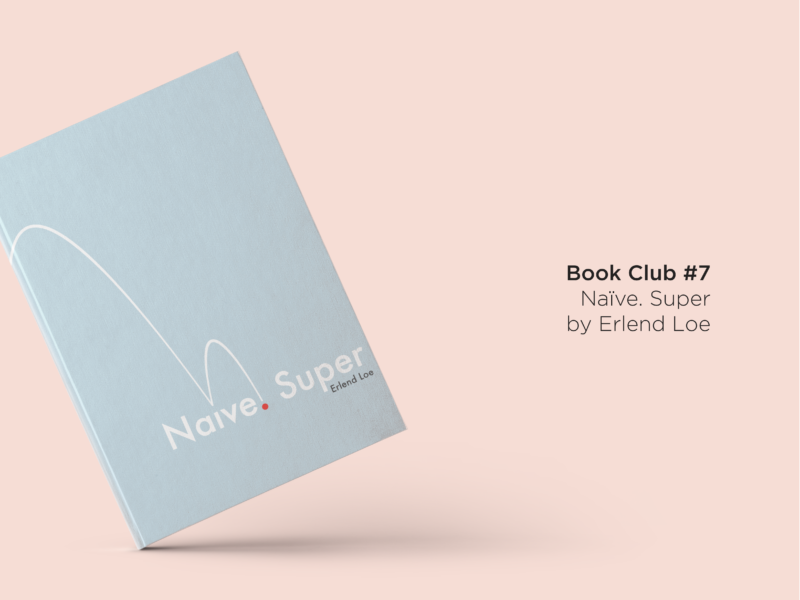This is my first post as a 24-year-old and I’m pretty darn happy about it.
It was my birthday on Friday and I wanted to reflect on it a little bit here. I had a lovely birthday (weekend) and, as ever, felt super lucky to have such lovely and loving people in my life.
This year my birthday fell on the same day as I finished my grad scheme, so it felt like a particularly noticeable milestone. Both my most recent trip around the earth and my trip around the Engine group came to a close at once and I really felt it. Every time my mum asked me if I felt different on my birthday when I was little I would say no, and while I don’t necessarily feel “different” now I do feel a difference if that makes sense. I can see the change between me at 23 and me now at 24, and I can see the difference between my world on Friday and my world today.
In a weird way, this also feels like one of a few birthdays where I really feel like I’m ready for the changeover. I need a fresh start.
This year has been a big one. I guess they all are. But it’s been a big year of change. It’s been my first year in the world of full time work. It’s been my first year in London. It’s been my first year of really being out and adrift in the world.
It’s been a hard year in a lot of ways. I’m not sure there has been a year in memory where I’ve cried more. I have questioned every decision. I have been anxious and scared and angry. I have worked my self to exhaustion. I have felt alone and overwhelmed by the sheer number of people I’m surrounded by in the city. But most of all I have been unsure, of what I’m doing and why and who I want to be.
As much as this year has been hard, and I remain confused and anxious about the future, I’ve also achieved a lot. I’ve survived my first year of work, and completed my grad scheme working in four different companies and learning a lot along the way. I’ve managed to secure a job I think will teach me more in the future. I’ve made myself a home. I’ve attempted to start looking after myself better. I’ve stuck to blogging for a whole year, which has meant I’ve made more consistently than I think I have in a long while.
That consistency has offered me opportunities I wouldn’t have had otherwise. Those opportunities have afforded me hope.
I’ve also figured out some stuff, that I think is going to be important going forward. I know much better the kind of work I want to do. I want to make things. I’m not sure what or how but I know I need to make things to feel fulfilled. I know I work best alone or in small teams. I know that I need to have a purpose behind what I’m doing. I know I like logical work as much as I like creativity. I know I need to be doing something more.
I also know that, as much as I doubt it, that I can do something more, because I’ve made it through this year.
In short, I’m 24. I’m not quite sure what that’s going to be, but I know it’s different to 23 and I’m so ready for that.


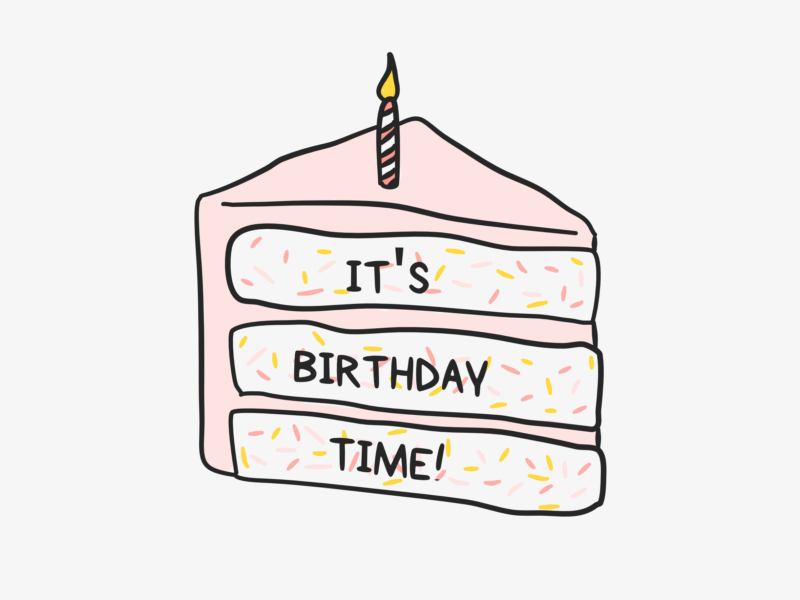
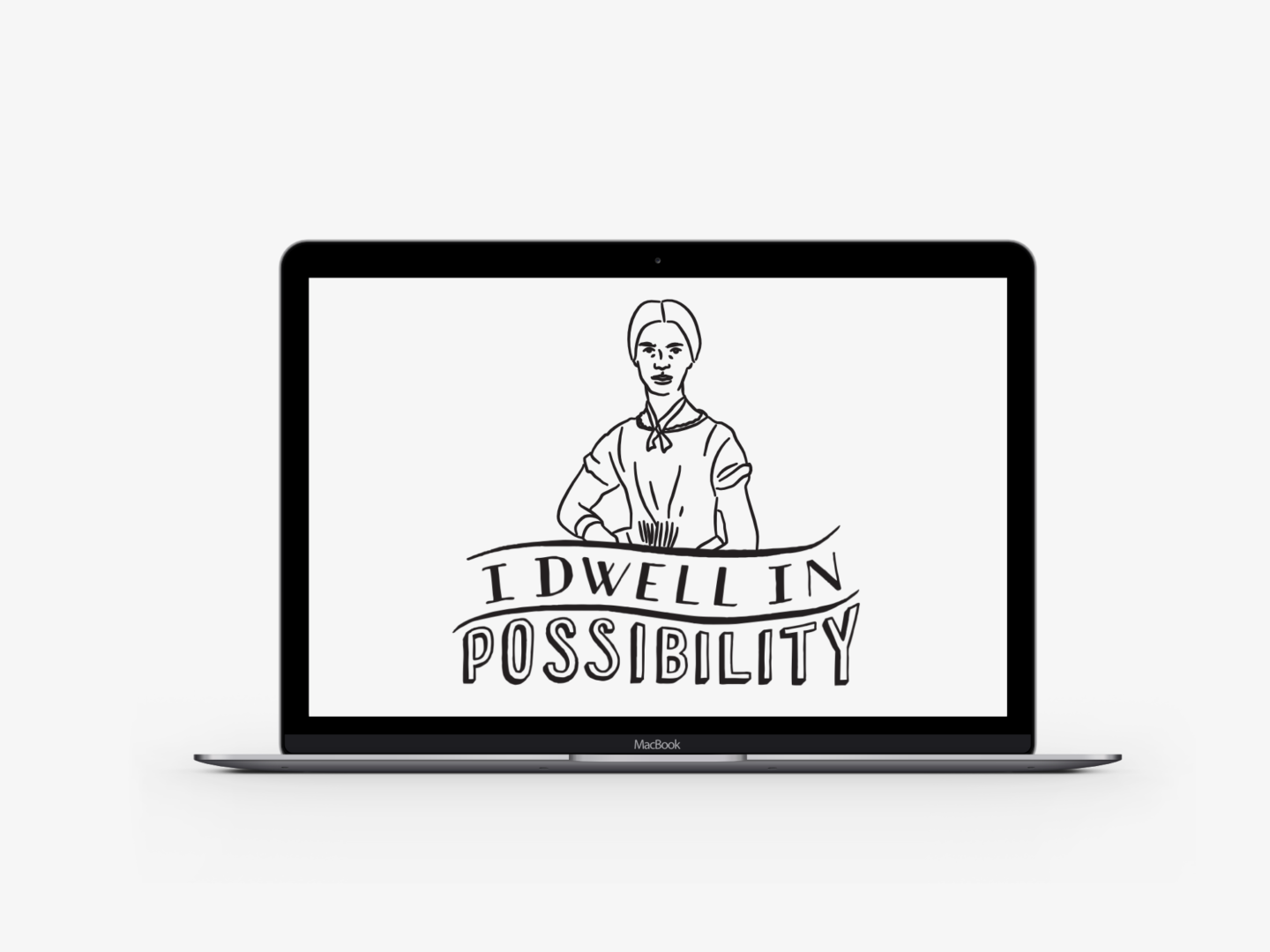
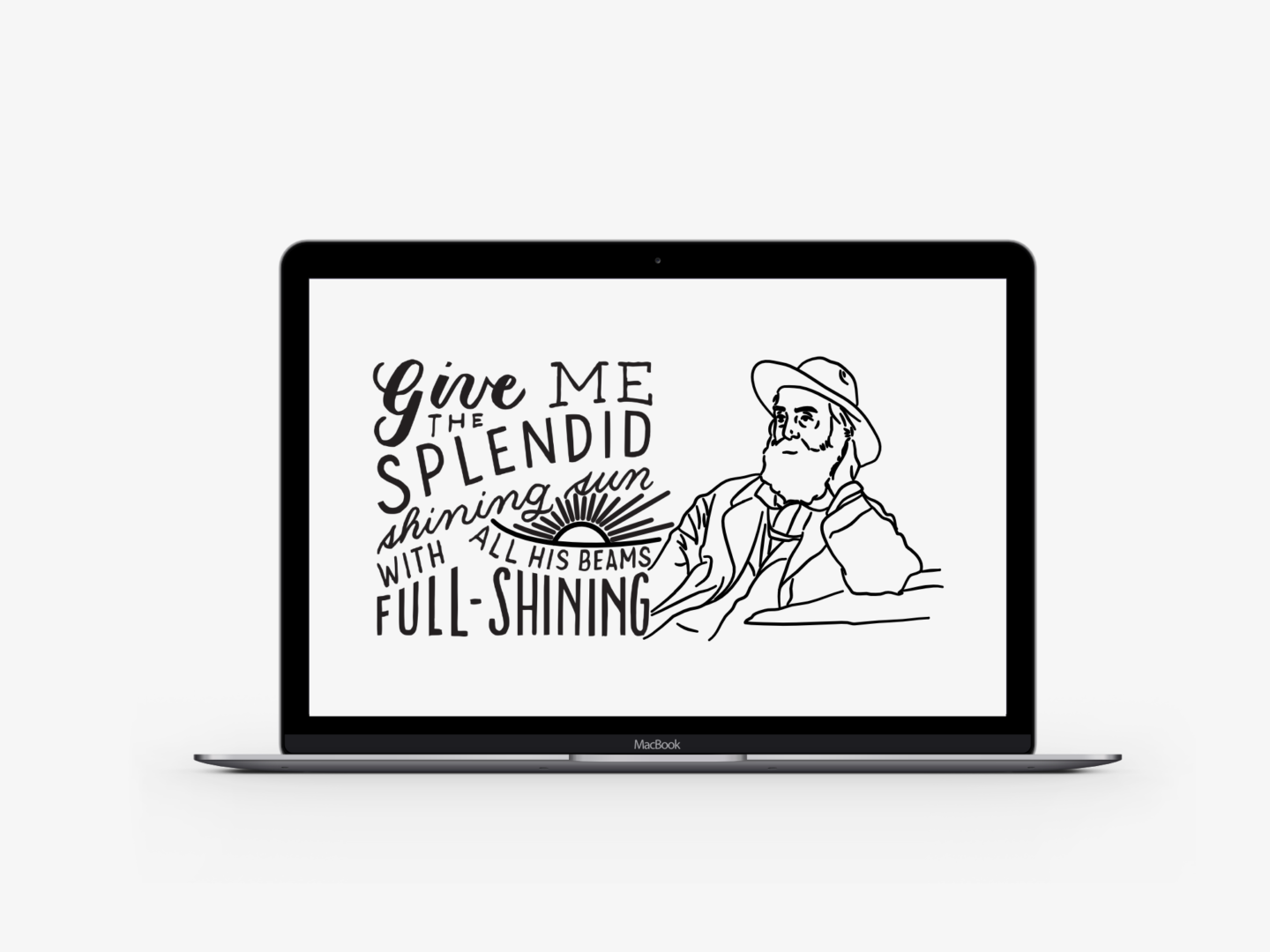
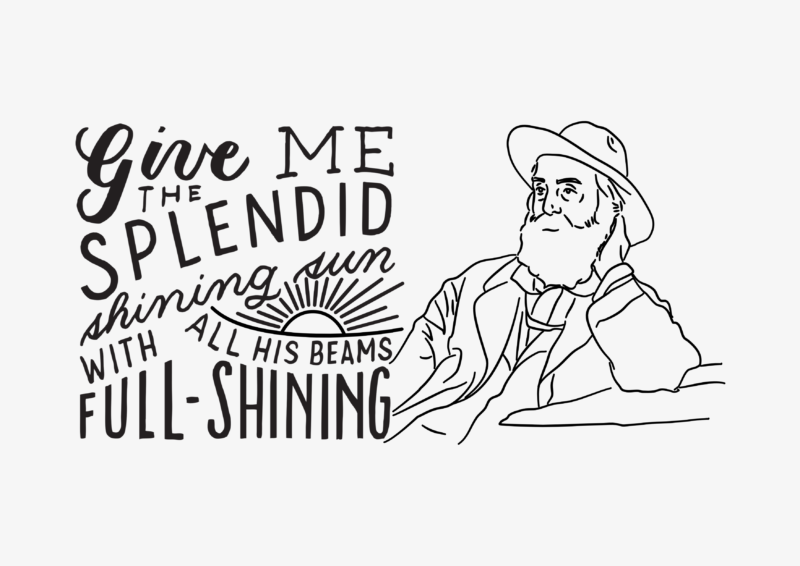
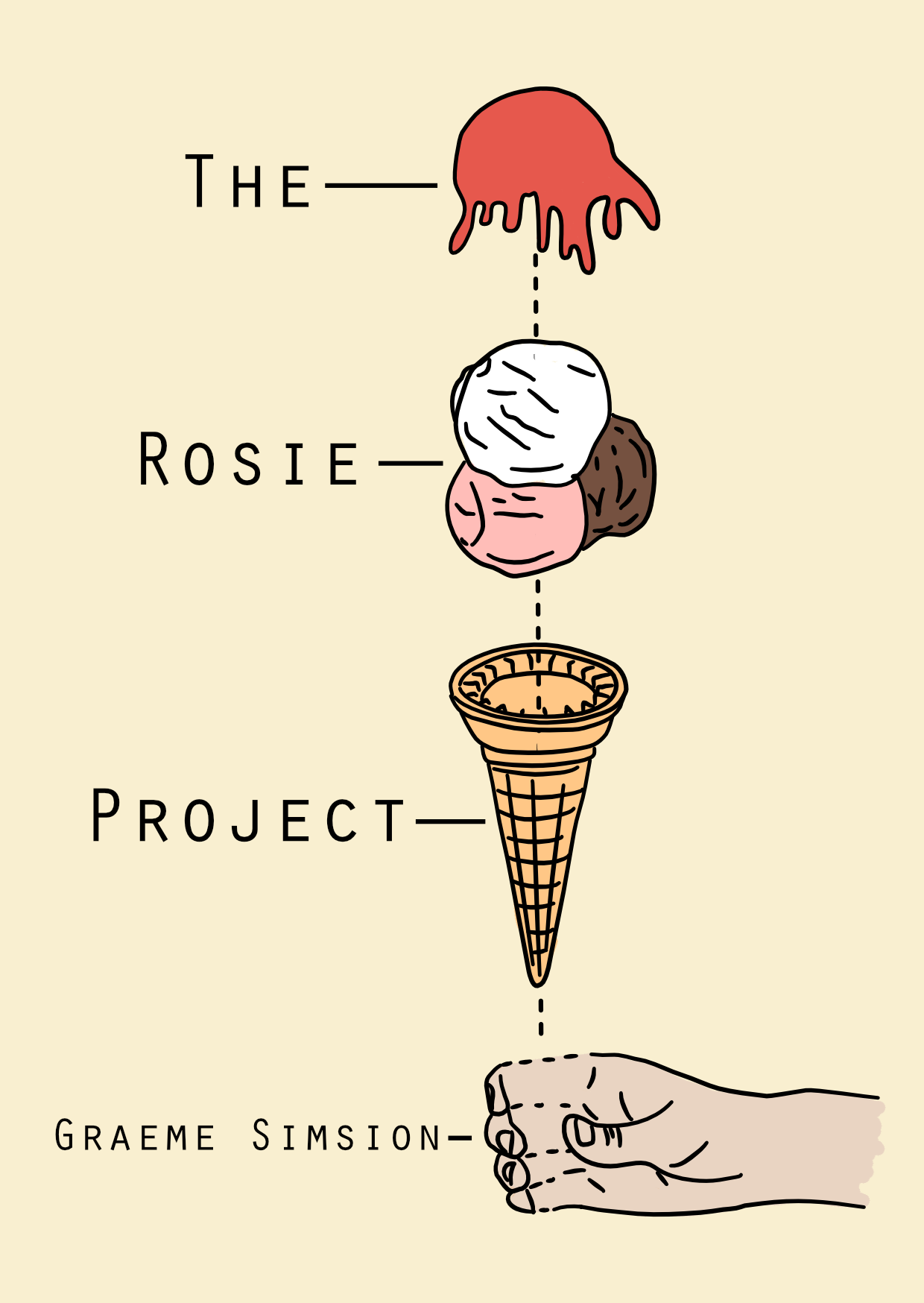
 SOME QUESTIONS TO PONDER AS YOU READ
SOME QUESTIONS TO PONDER AS YOU READ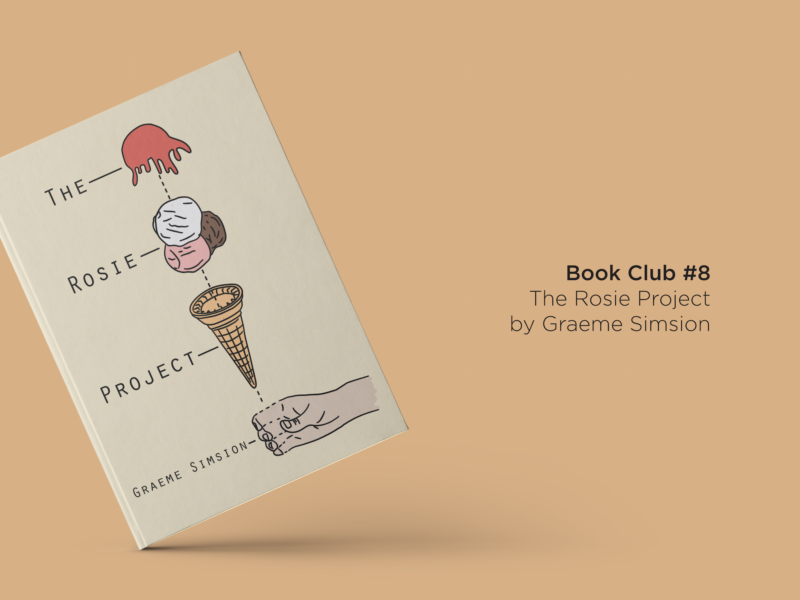
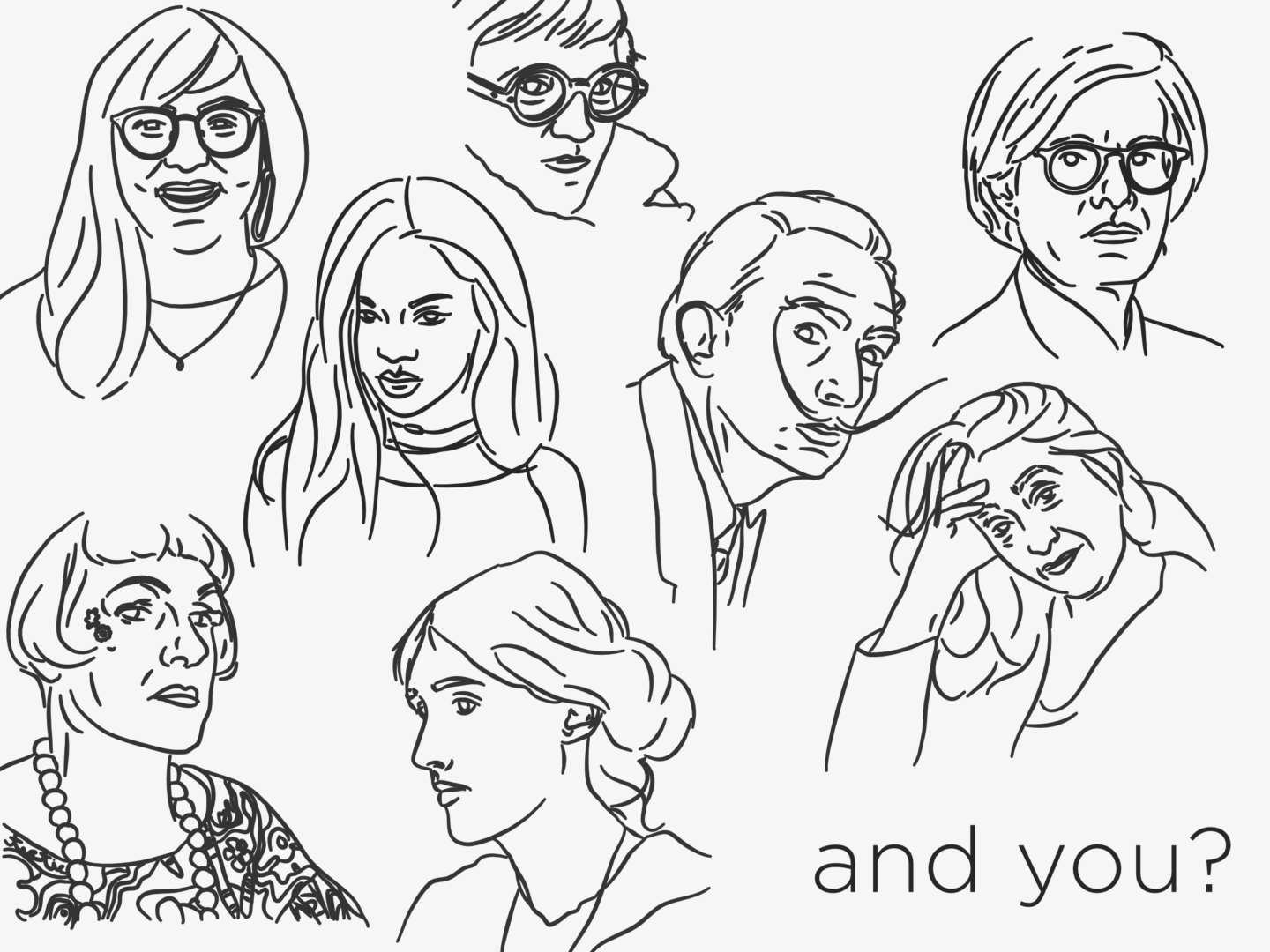
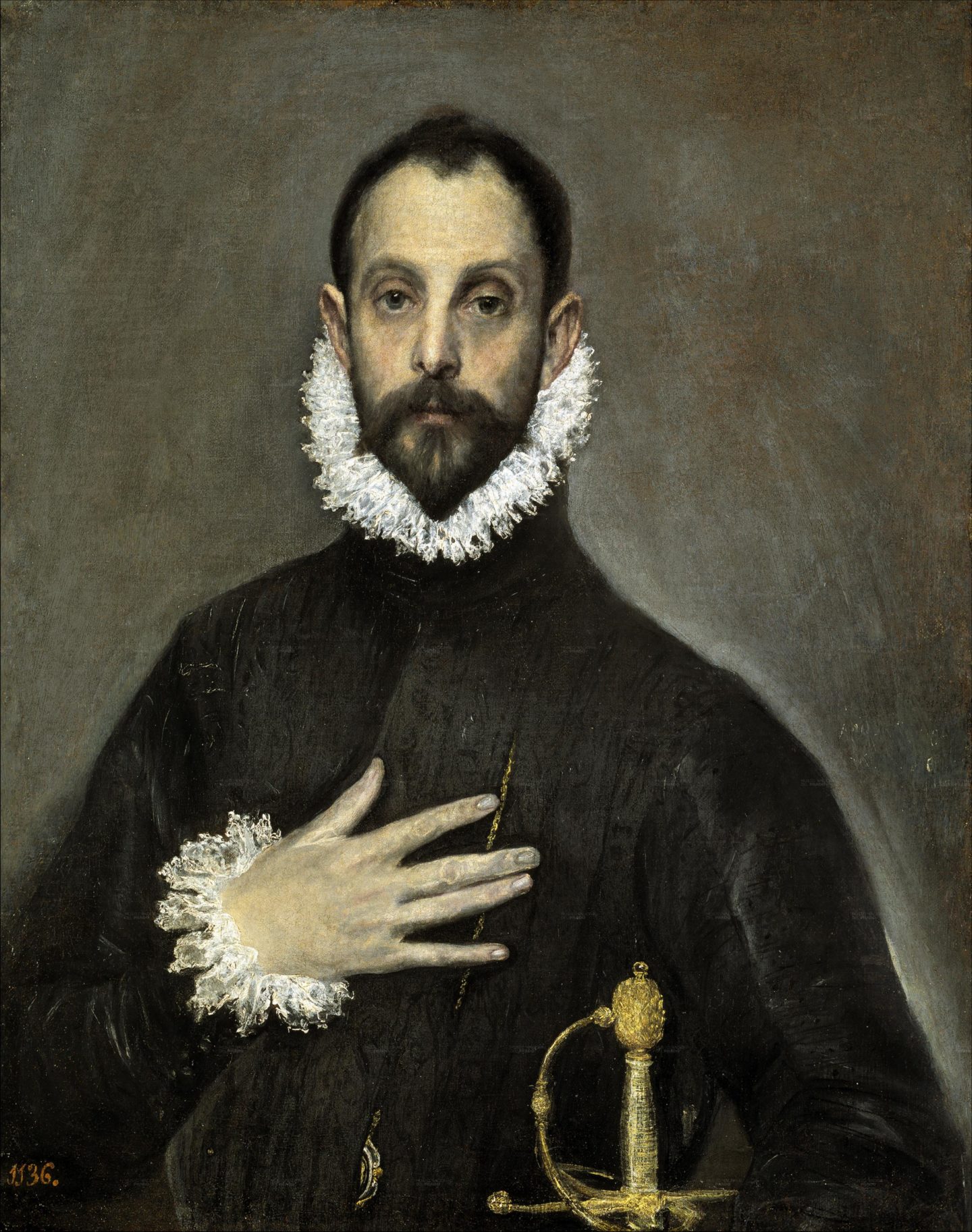
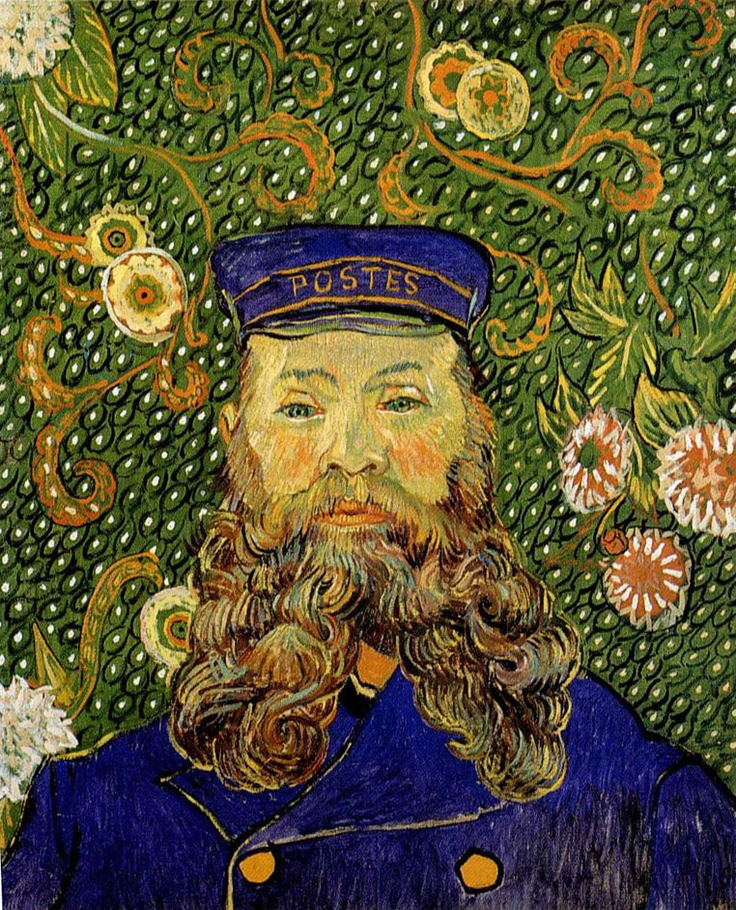
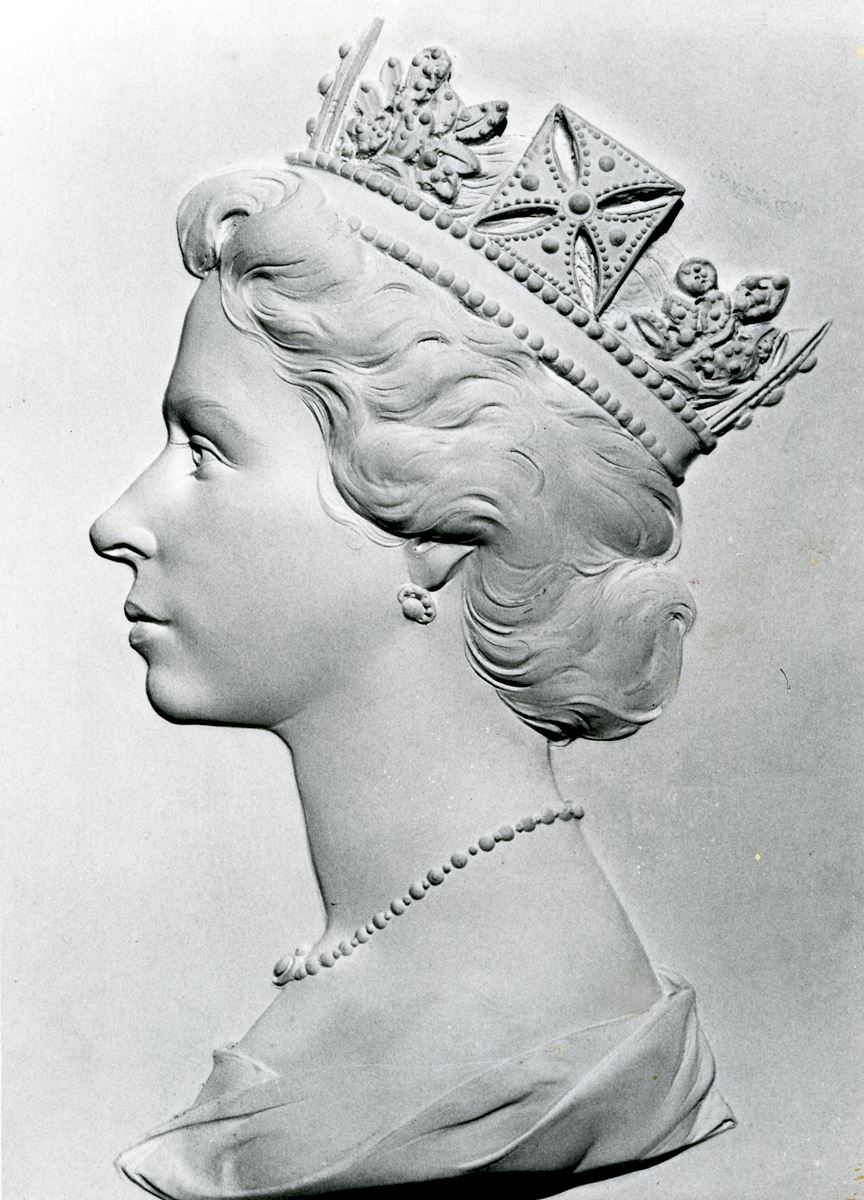
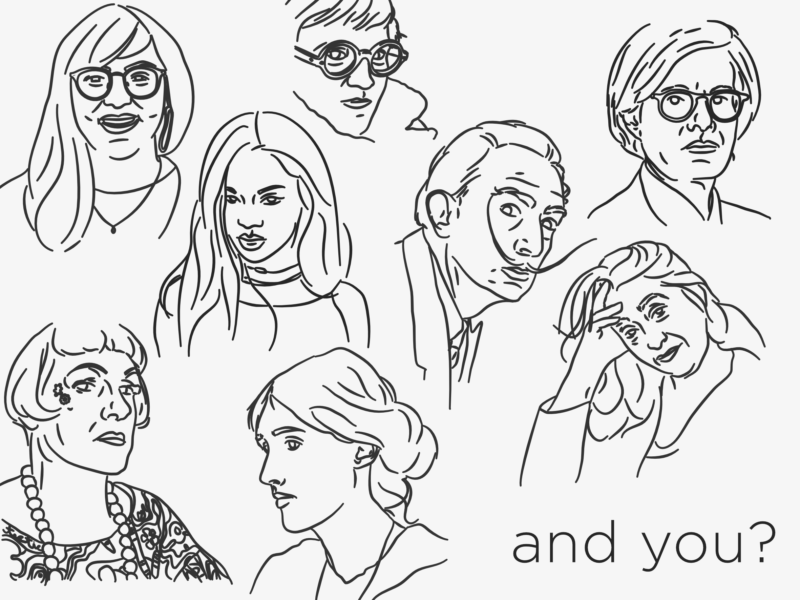
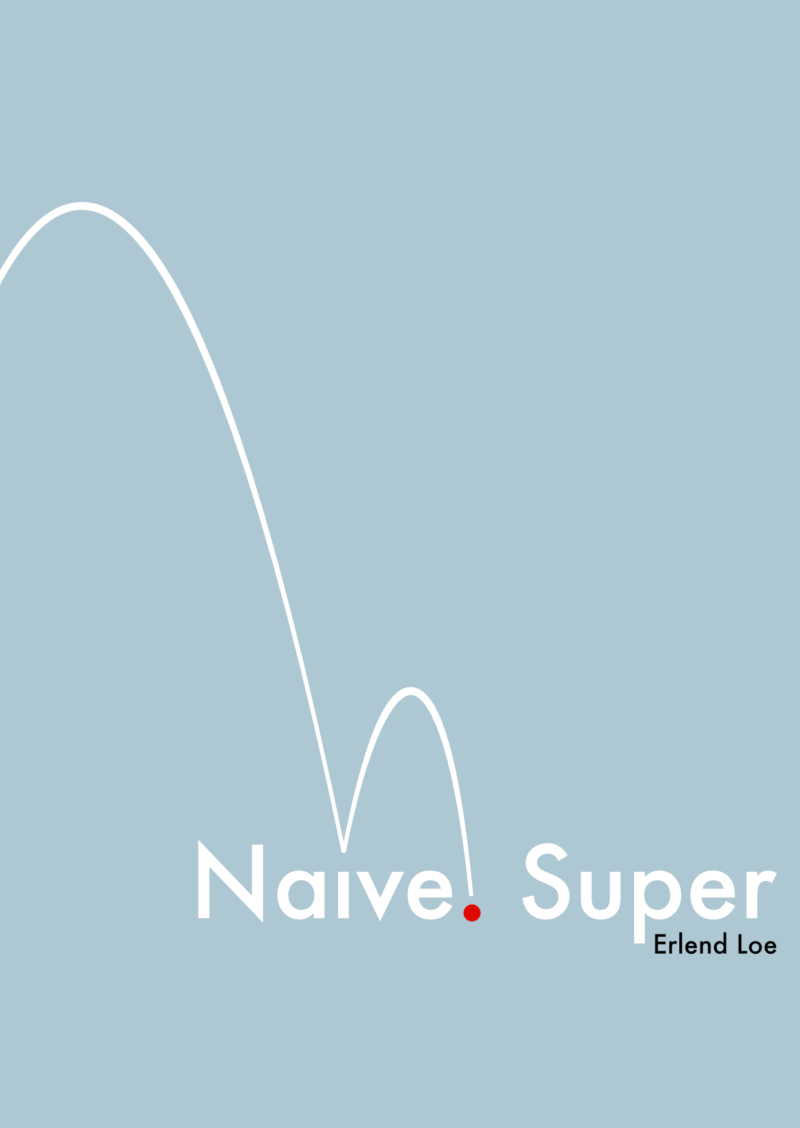
 SOME QUESTIONS TO PONDER AS YOU READ
SOME QUESTIONS TO PONDER AS YOU READ